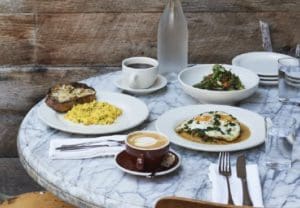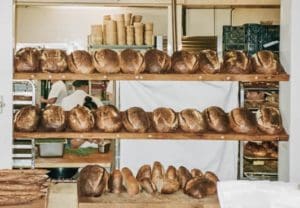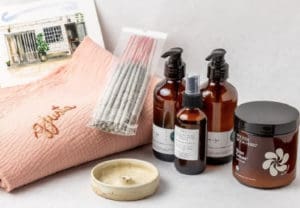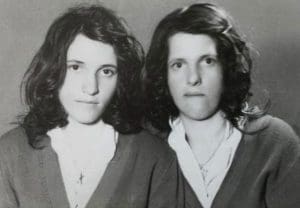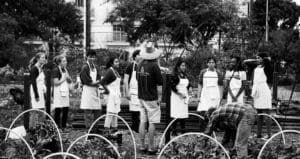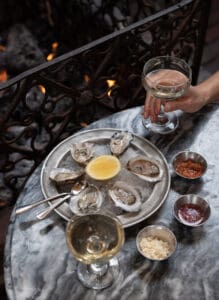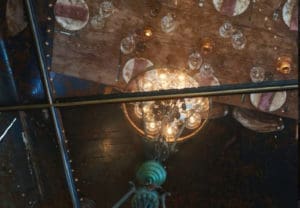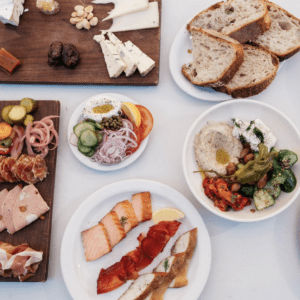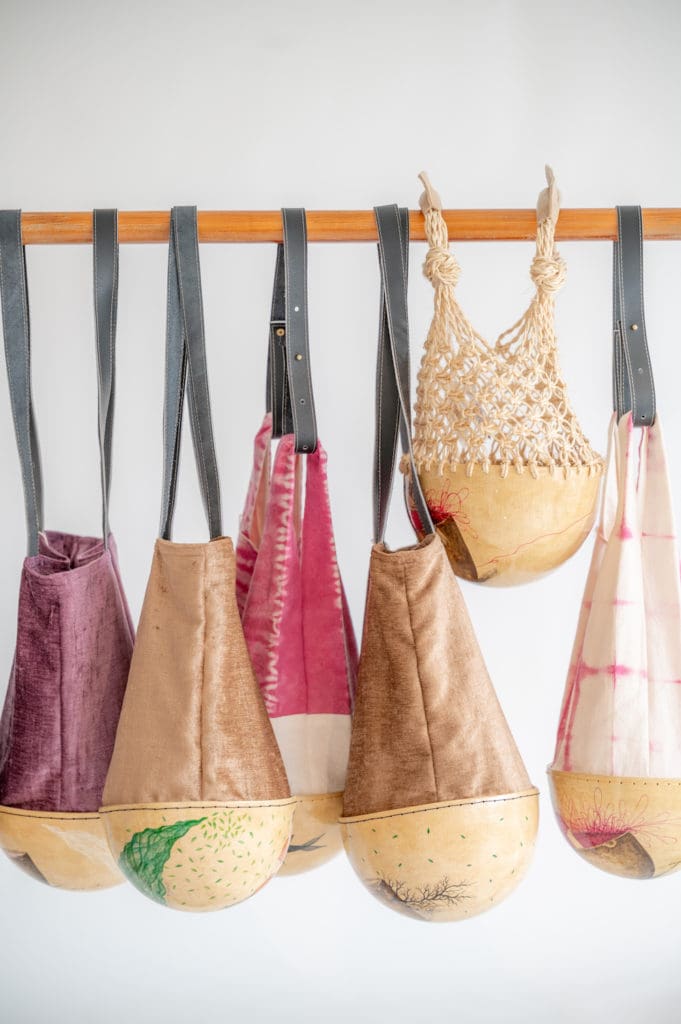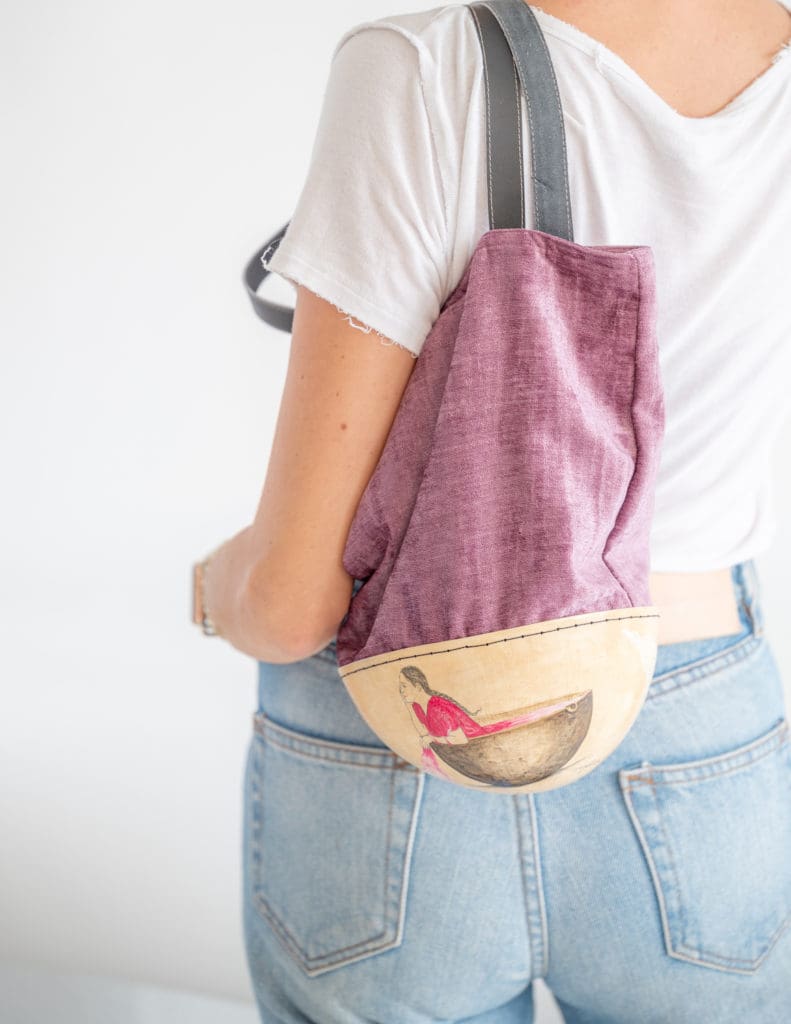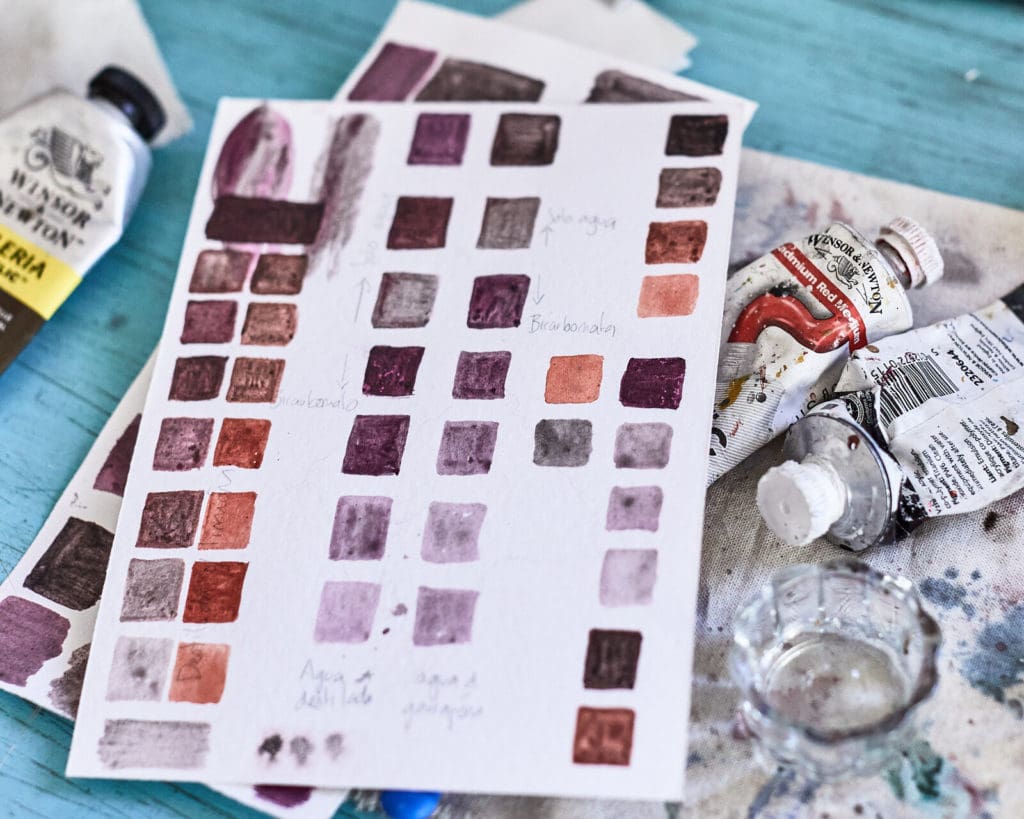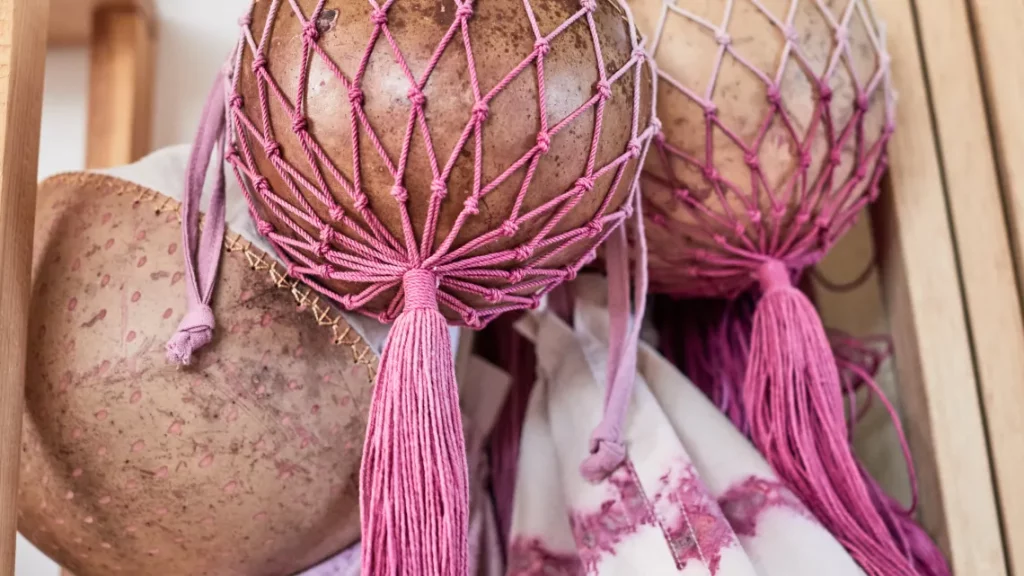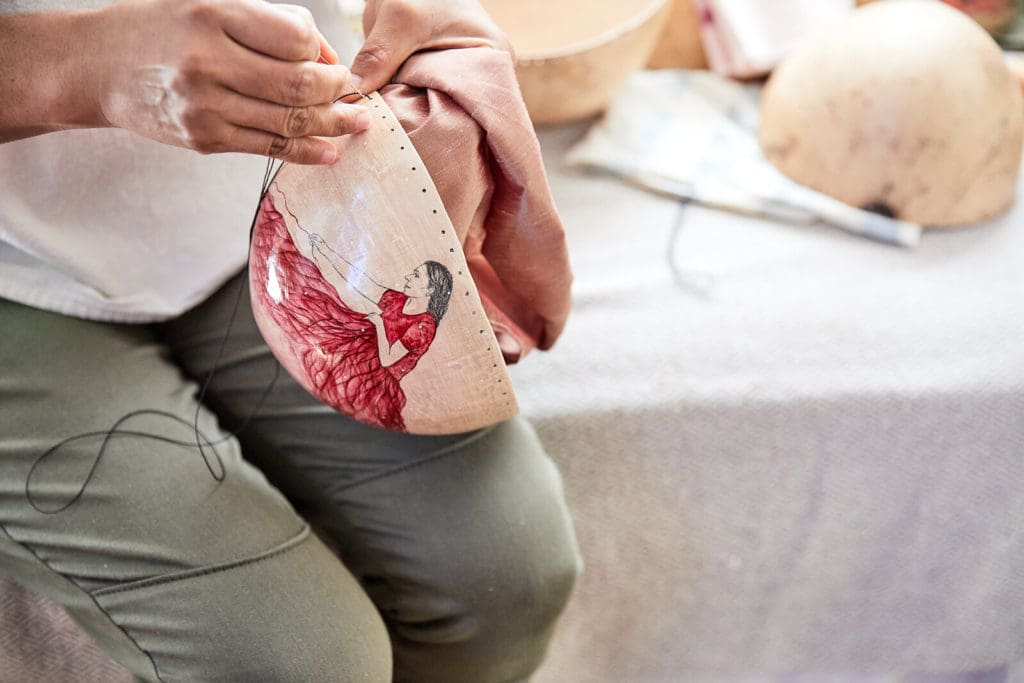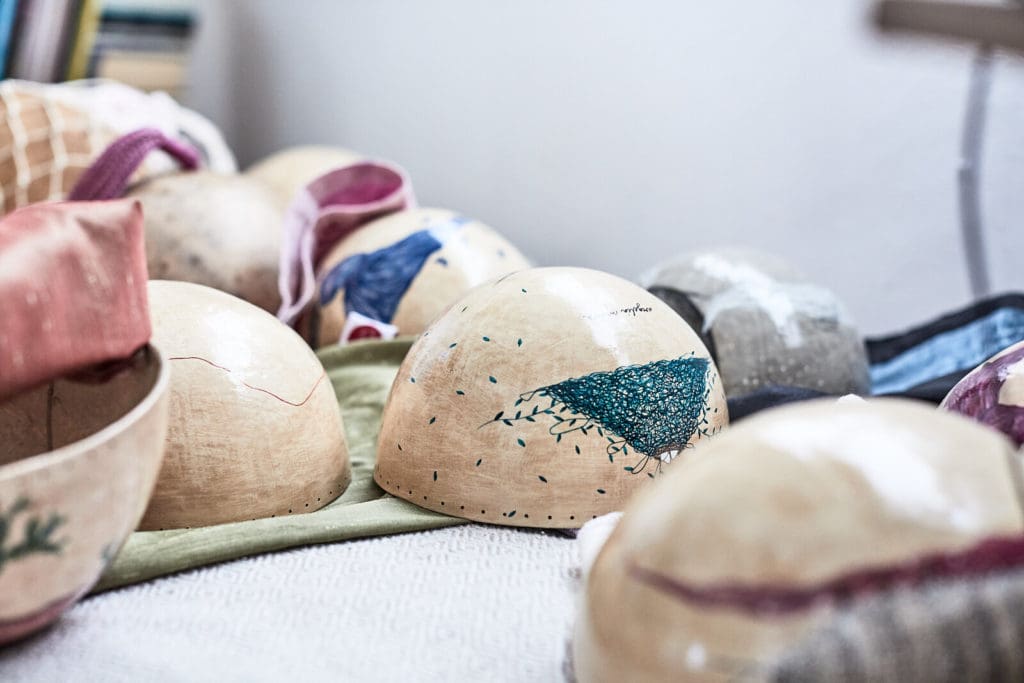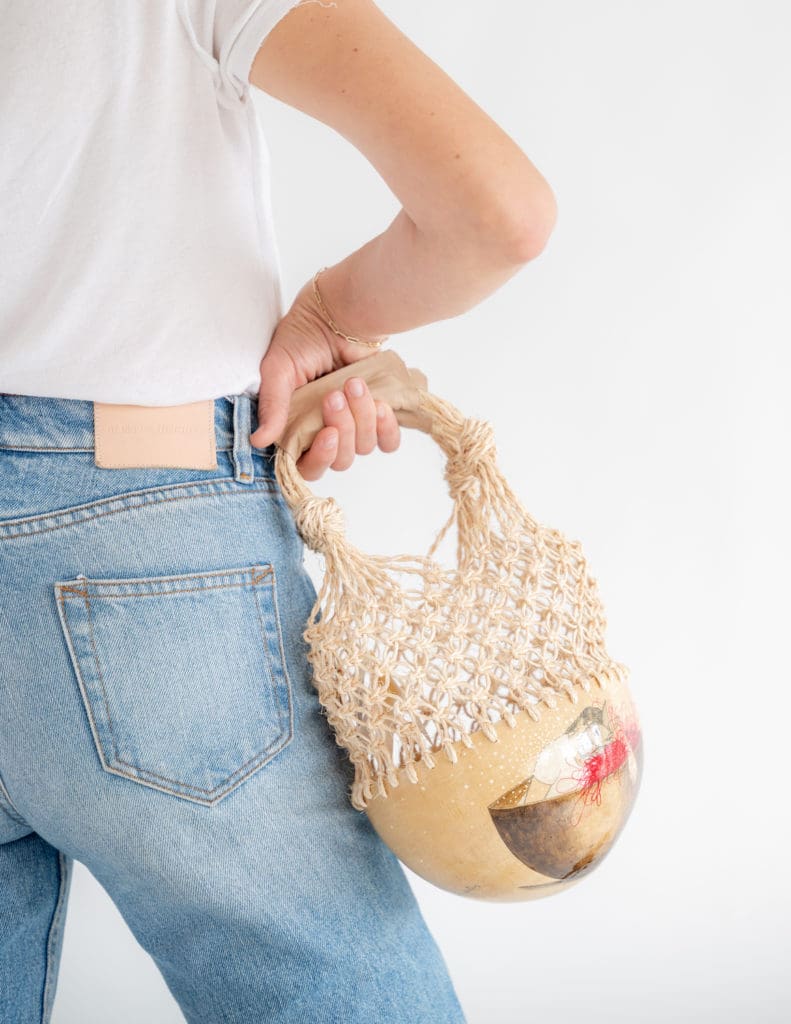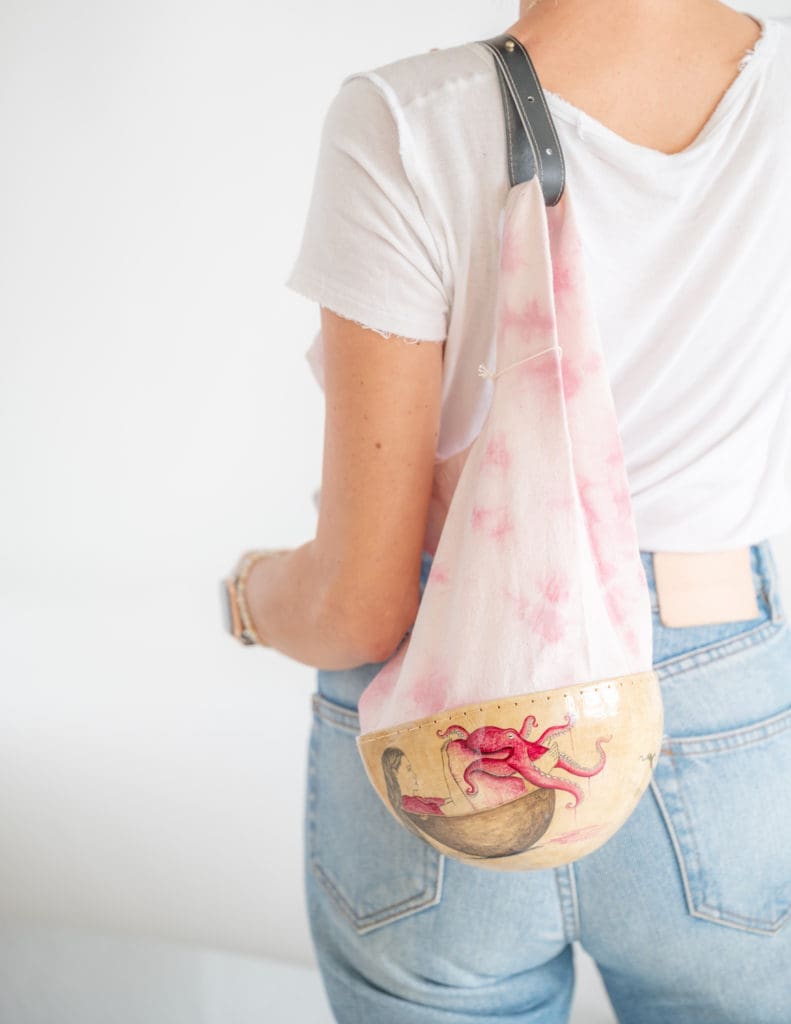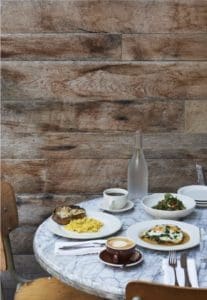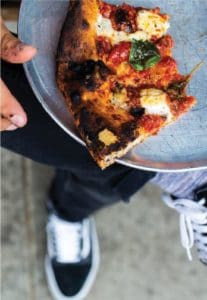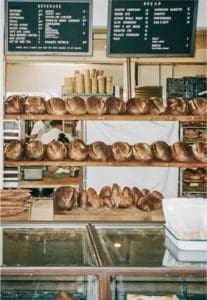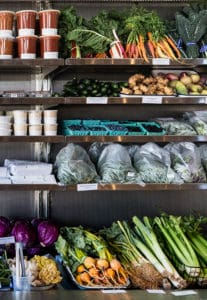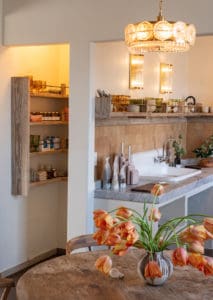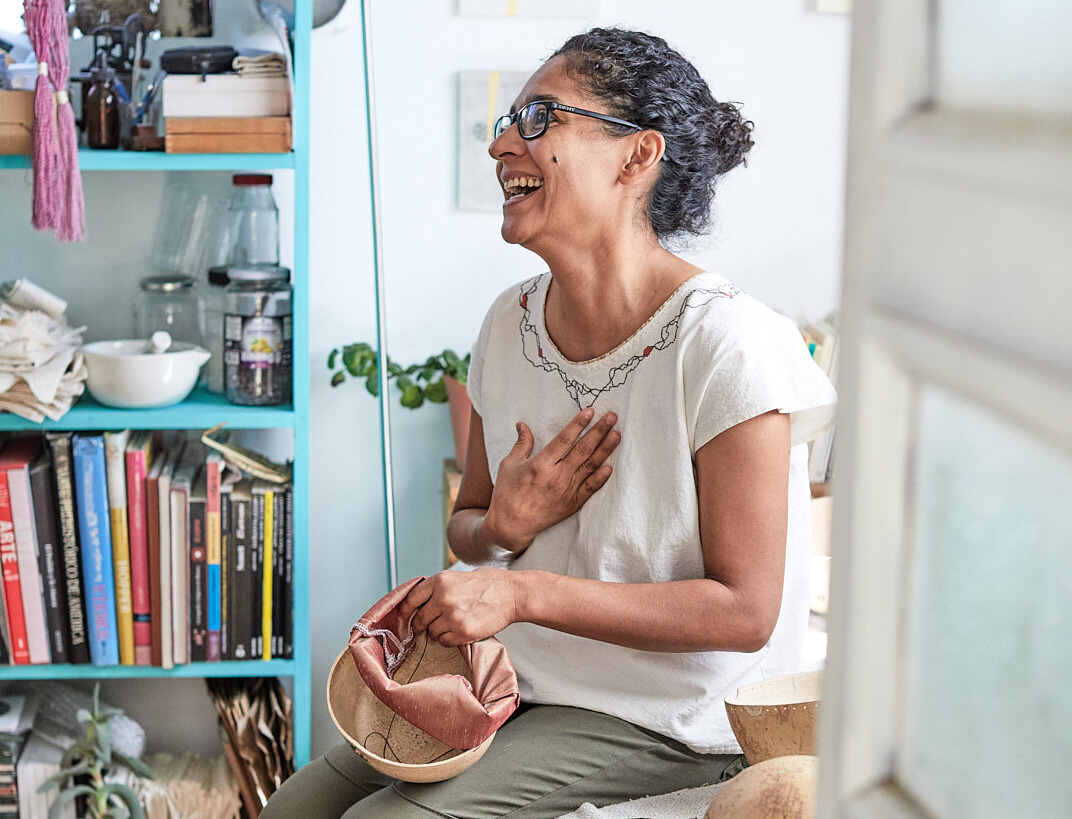
Conversations: Argelia Matus
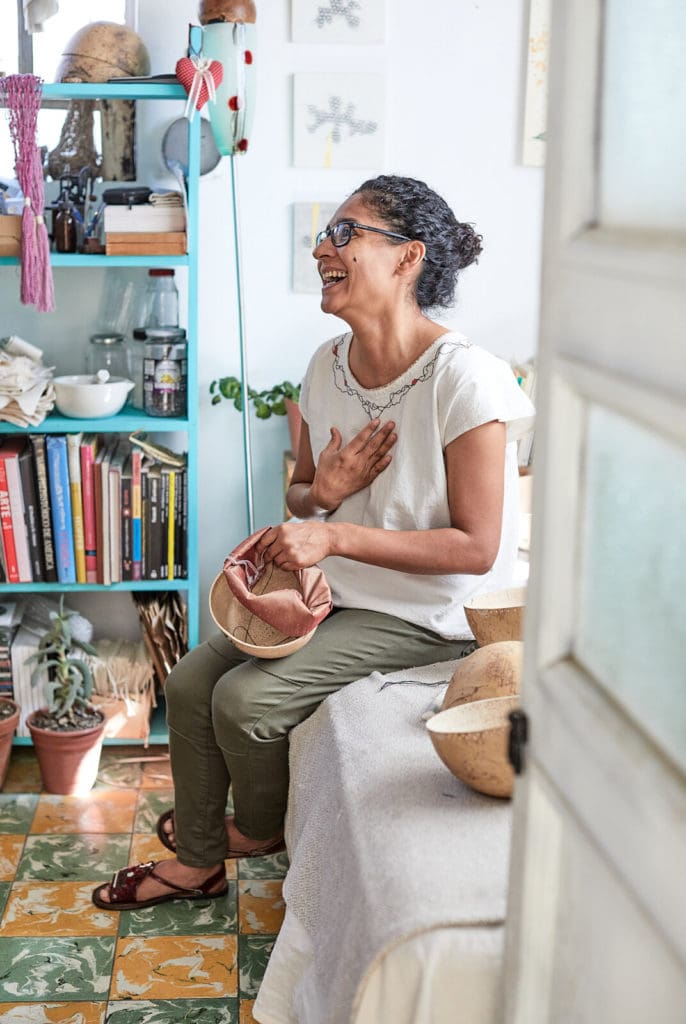
For Oaxaca-based artisan and designer Argelia Matus, a handbag is a vessel for storytelling. Using gourds (jícaras) as her canvas, Argelia’s handpainted works are at once utilitarian and narrative, an homage to the ancient Xicalli and contemporary relic. As we welcome Argelia’s bags to Gjusta Goods this season, we spoke with the artist about her practice, use of materials, and the non-linear creative process.
This interview has been translated from Spanish.
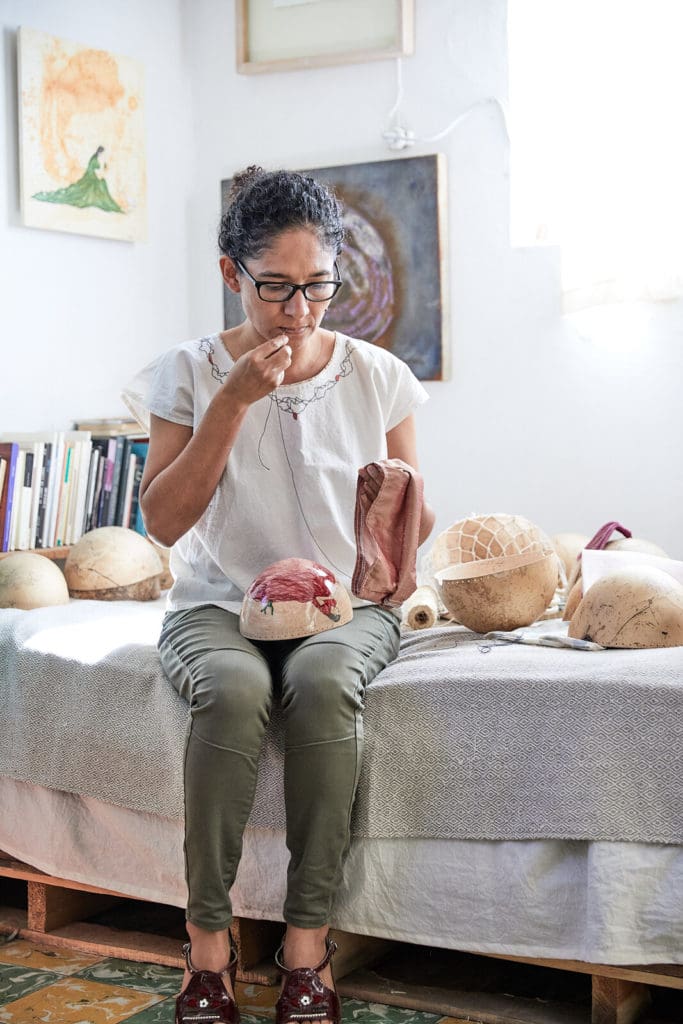
Photo by Amy Rose Productions 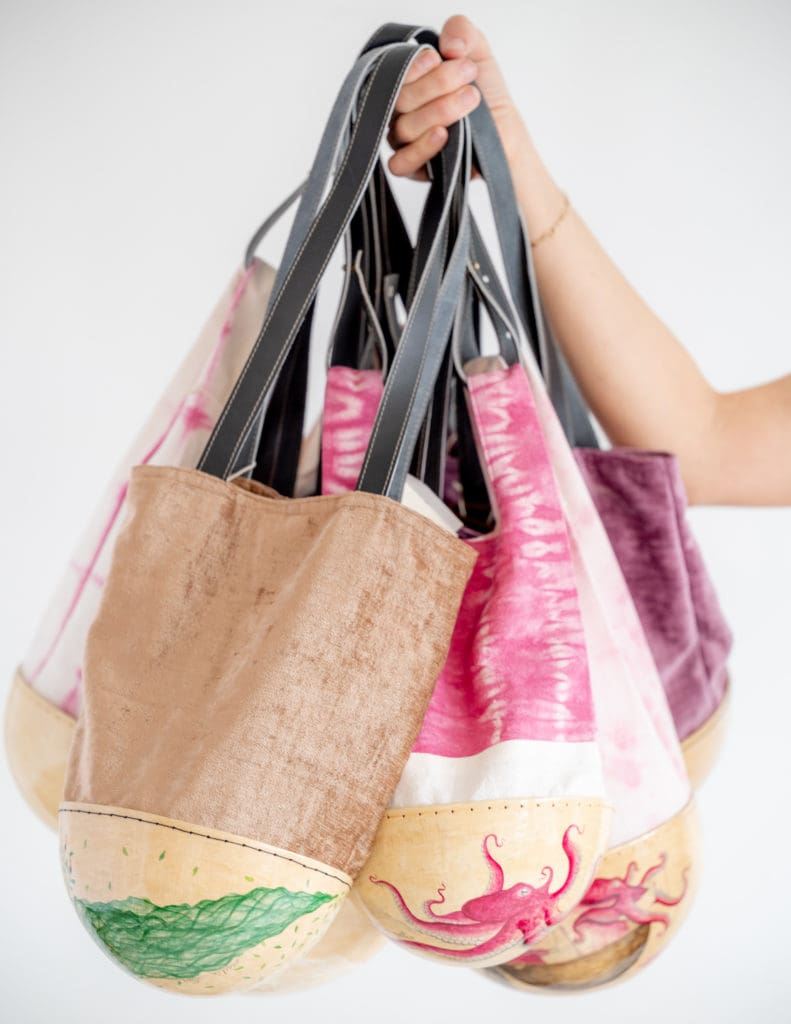
Photo by Gjusta Goods
Can you share more about your background — where you are from, how you began your art practice, and how it has evolved into what you are doing today?
I am from the state of Oaxaca, specifically from San Francisco Ixhuatán, a community that belongs to the Isthmus of Tehuantepec. I studied Fine Arts at The Fine Arts School in Oaxaca and it was there, upon entering school, that I discovered that my path and passion was art. My first medium was painting, specifically in restoration of works and objects.
I think my artistic practice started primarily because of a yearning to tell stories through images while experimenting with different materials. My practice is always changing with my interests; I think a continual self-questioning is so important to the process, asking why I use certain materials and not others and why specific elements are capturing my interest and attention.
When were you first drawn to your craft? Had you always imagined your creative life looking this way?
I decided to devote myself only to my creative practice in 2009 when I began working with gourds (jícaras) as my “canvas” and all the possibilities within this medium unfolded — it fills me with joy to work on it every day and I can’t remember if I ever imagined my life any other way.
You have a background in art restoration. How does this inform your personal creative work?
I don’t have a formal training in restoration; rather, I learned with practice and guided by a restorer who invited me to work with her. From there I learned about the importance of the quality of materials, as well as about the patience and strictness required to do so. For me learning every day is important and practice always demands it, truly taking the time to make and reflect about why a piece is important.
How did you come to use the “jícara” (crescentia cujete) as an artistic material?
In my grandmother’s house growing up there were always gourds (jícaras) around for everyday use. After leaving a job in restoration, I began to experiment with some jícaras that my mother had in her house, and looking for a way to use them where they were both artful and utilitarian. In the Isthmus we often see jícaras painted with flowers called jicalpextles as part of traditional festivities, and although they do not belong to the same botanical family as the crescentia cujete, I used both in my work.
There is such a reverence for natural material in your pieces — from cochineal to ixtle to morro tree to human hair. How do these elemental materials inform your practice?
I am very interested in the beauty of the elements of nature, be it their form, their fragility, color… these qualities are very difficult for humans to emulate and this is what I want to emphasize. The experience of working with these elements is a way to understand the natural world that surrounds us and of which we are a part of. Many of these elements, because they are very common, seem trivial or unfamiliar to our daily lives, but are layered with deep meanings, especially as reflections of our identity.
Do you practice any studio rituals to cultivate creativity?
I prefer silence and solitude when I work — when I can’t move forward with a piece, poetry always reveals what I’m looking for or helps to fill the void.

We’re fascinated by the natural dye properties from the cochineal…can you explain a bit more about the process involved in your pieces?I am also fascinated with the grana cochinilla. Working with the dyes is a new practice for me, and has relied heavily on experimentation. When dyeing the fabrics I wanted to highlight both the color and nature of the cochineal, so I made a small series of bags that included paintings of the elemental details that surrounded the grana cochineal’s production, such as the nopales, the cochineal, and the women who harvest them.
We’re completely taken by the organic specialness of your wearable textile creations. What is the role of experimentation in your process?
It is fundamental. For me experimenting is a way to invoke and expand the possibilities of creativity; the creative process is not linear nor is it given. It’s a process filled with the freedom to discover all the qualities a material can hold.
What’s exciting you creatively right now?I am very excited about using materials that I have never used before and I would really like to learn how to dye with indigo. I am working on a series of pieces with hair, using other types of gourds in the Lagenaria siceraria family. I am always excited about the gourds (jícaras); I think they are an inexhaustible element, filled with possibilities.
Subscribe To Our Newsletter
Receive updates on new menu items, recipes, stories, and updates from the Gjelina Group.
